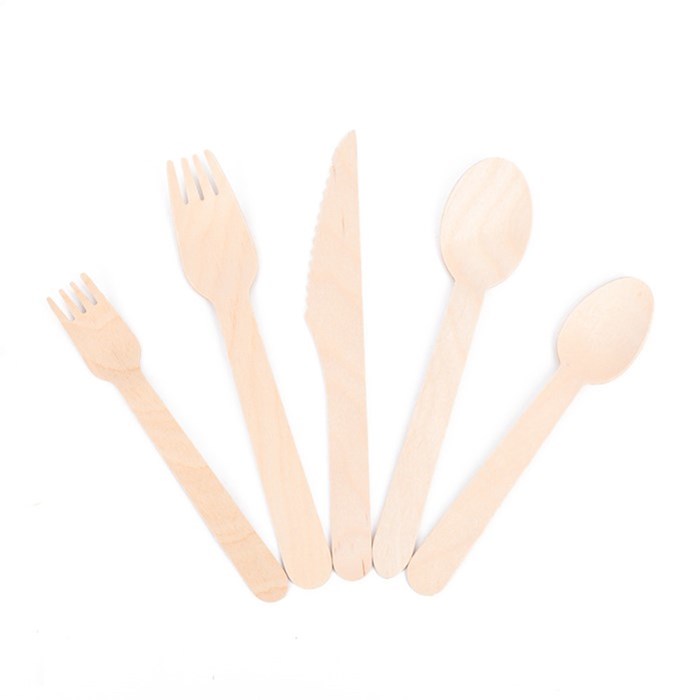Stephen Shortland, managing director of new vision packaging (NVP), said the UK color box market was facing “huge pressure” due to challenges related to brexit and tight global supply chains. The implementation of brexit has forced enterprises to deal with changes in import and export and border regulations. Frank weermijer, CEO of customers support group, said that at present, the challenges faced by the whole industry and market include that companies must pay additional and separate import fees for the UK and the EU respectively, and now they must provide origin descriptions for specific export markets.
Some companies have concluded that changes in trade after brexit cannot maintain their position in the international supply chain and profit margins. Horizon, for example, has said it has no choice but to register a company in the Netherlands on the advice of officials from the UK government’s Department of international trade.
Because of the rising price of energy and raw materials brought by COVID-19 and the outbreak of force majeure in various fields, the global supply chain is facing more pressure. Combined with brexit, Renato zelcher, President of eupc, said the supply chain crisis was a “perfect storm” of challenges facing the packaging industry.
When talking about the situation of the color box market, Shortland pointed out that due to these problems, the delivery time is very long: “last week, two new customers approached us. At the time of quotation, the delivery time of the current color box order needs 8-9 months. The delivery time of their current order.” The European color box manufacturers association (ECMA) also pointed out the problem of long delivery time in a report released last year. Due to bottlenecks, imbalance between supply and demand and rising prices, the delivery time increased from 3-5 weeks to 12-20 weeks. The ECMA report reflects some of the broader challenges facing the packaging industry as supply chain shortages and bottlenecks appear to be increasing.
In addition to the impact of the closure of production and manufacturing facilities in 2020 due to the global pandemic blockade, a Smithers study determined that delaying the necessary maintenance until 2021 was another reason for the delay in the packaging supply chain. For the plastics industry, the extreme weather event of storm URI in Texas in early 2021 meant that the production of some of the world’s largest polymer and derivative manufacturers stopped, which is estimated to have a significant impact on the production level in Europe. Just like the domestic demand for paperboard in East Asia, this shows the chain reaction of predictable and unpredictable factors to supply differences between regions.
Despite the growing demand for applications such as food and personal care in the plastics industry, the supply of raw materials can not keep up, just like the paperboard industry, and is pushing up the price of polymers worldwide. Similarly, the prices of pigment raw materials and petrochemical products in the printing and ink supply chain have also increased, which is again due to the closures and delays caused by the epidemic.
“Everyone knows that domestic paper and paperboard production in the UK has been declining since the mid-1980s,” Shortland continued, “We are increasingly dependent on the European market. According to the 2020 Paper Industry Federation (CPI) According to the data, 54% of the demand for packaging paper in the UK can only be met by importing from other European countries and regions. Now, with container supply problems and pent up demand for fiber-based packaging, as well as the recovery of high street retail and the continued growth of online sales, brands are seeking to reduce plastics in their packaging portfolio, delivery times and prices are soaring. Obviously, the demand for color box packaging has exceeded the current actual production capacity. “
Demand has increased rapidly in recent years, reflecting the change in consumer behavior during COVID-19. For example, the growth of online retail means that some companies are difficult to fulfill orders due to the shortage of paperboard packaging in early 2021. Similarly, the rise of takeout means that there is a great demand for cardboard for food contact applications, especially when consumers seek the sustainability of packaging.
Jo Bradley, business development manager of packaging solutions at quadient, warned that since some paper and paperboard manufacturers are even rationing their largest customers, buyers must pay a high premium to obtain the required packaging materials. Numerous surveys show that even after non essential retailers reopen, online sales are unlikely to show any significant decline, so the demand for paperboard will remain high.
Despite the rising cost and supply issues surrounding paperboard packaging, it is estimated that e-commerce sellers continue to waste 30% of this increasingly precious commodity by shipping orders in oversized cartons. “It has never been more important for retailers to reduce the amount of cardboard materials they use in packaging and shipping operations, but many continue to pack outbound orders in too large boxes,” Jo Bradley concluded.
“However, if we seriously see this type of delivery time being quoted to jobs now, I believe European cardboard mills are reluctant to supply the challenging market of the UK. It seems that the UK color box industry may continue to face challenges in the future, the market is facing great pressure, and there seems to be no sign of relief in the medium and short term,” Shortland said.
Post time: Feb-21-2022

